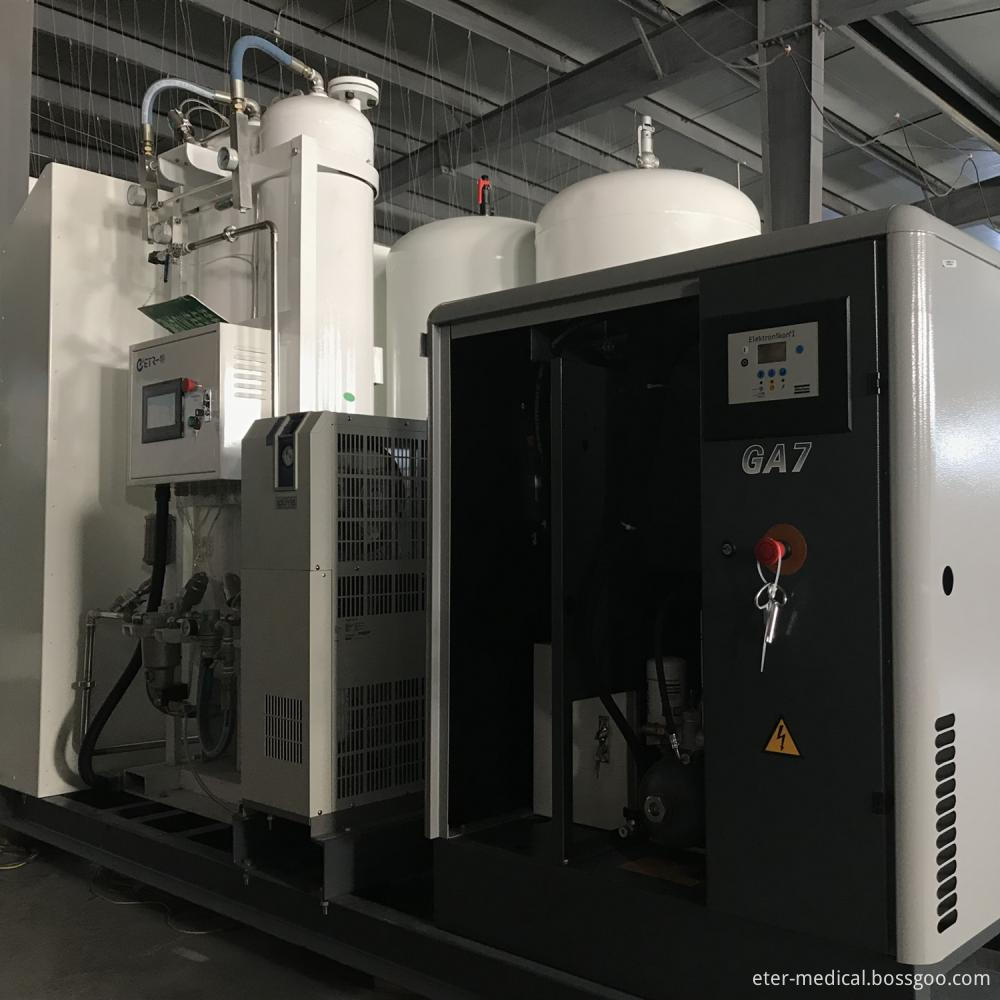Winter dairy cows experience
Although dairy cows have cold and heat-resistant habits, due to the unusually cold winter, poor feeding and management, together with the lack of green fodder, can easily lead to a decline in milk production. Winter cows should do the following. First, do a good job of keeping the cow house cold and warm, adjust the humidity inside the house properly. The temperature in the winter barn should generally be maintained at 8-17°C. If the temperature falls below 0°C during the night, the cows should be driven into the shed overnight. When the cold air is invaded and the temperature suddenly drops, the rear window and the ventilation hole should be blocked in time, and the insulation of the housing should be done well. In particular, the perinatal cows, new calves, and high-yield cattle should be properly warmed to ensure that the temperature of the barn is about 15 to 17°C. In addition, cows should not spend more than 6 hours during the day in the stadium. It is best to have 3 hours of activity in the morning and afternoon. After the cows enter the house, care should be taken to ensure that the cowhouse is well ventilated and the humidity is not too high. The relative humidity should not exceed 55%. At the same time, it is necessary to remove urine in time and keep the house clean and dry. Second, feed should be diversified. In the supply of concentrate feed, the protein feed will not change, and the supply of corn will increase by 20% to 50%, thereby increasing the proportion of energy feed; in terms of roughage, it is best to feed silage, micro-feeds or breweries, etc. This replaces the green and juicy feedstuffs consumed by cows in summer and autumn. The winter nights are long and short, not only feeding well during the day, but also feeding a slot at night and feeding 13 to 15 kilograms of grass every day. Forage grass should be diversified, such as wheat straw, straw and hay, peanut pods, valerian, etc., so that nutrition is comprehensive. Third, drinking warm water. In winter, when drinking cows, it is best to heat the water to 15-25°C. If add salt and soy bean foam to warm water, it will not only enhance the drinking of the cow, but also have the effect of reducing fire and inflammation. Fourth, the fine material coincides with the appropriate amount of trace elements and urea. When feeding fine materials, it should be mixed with soft and hard materials, such as corn, soybeans and other hard materials and bran, powder and other soft materials when feeding. Start feeding grass first. When you are half full you will add less material. When you are full, you will need to add more material and you should add scented ingredients. In winter, the cow's forage composition is relatively single, and appropriate amounts of calcium and phosphorus can be added to its feed. Generally, 5 to 15 grams can be fed every day. Urea is an effective measure of protein supplementation and can be fed on a diet. Generally, calves of more than 6 months of age are fed 30-50 grams a day, young cattle are fed 70-90 grams a day, and adult cows are fed about 150 grams a day. However, urea is poor in palatability, and it can be mixed with 1% of the concentrate and fed with grass. It is not advisable to drink water within half an hour after feeding. Fifth, carefully grasp the breeding. Dairy cows mating in winter can avoid hot summer calving and help dairy cows get high yields. Therefore, we should seize the golden opportunity in the winter and do a good job in breeding. 6. Keep the cow's body surface clean. Do a good job of prevention. Pull the cow out of the sun every day. Pay attention to brushing the body of the cow to not only keep the body surface clean, but also to prevent scabs, help regulate body temperature and enhance disease resistance. Therefore, brushing should be done twice a day, morning and night, every 3 to 6 minutes, and all parts of the body must be thoroughly brushed. In addition, the excrement in the barn should be cleaned frequently, and the grass should be shredded and soiled to prevent the disease.
Compacted Oxygen Cylinder Filling System
ETR Oxygen Cylinder Filling System is consisted of the air compressor, air-water separation device, refrigerated air dryer, air dew point monitoring device, multi-stage filter, air buffer tank, air moisture monitoring device, Oxygen Generator, oxygen buffer tank, flow meter, online oxygen monitoring device, oxygen booster and cylinder filling station, smart electric control cabinet, computer monitoring system, remote network monitoring system..
For the compacted Oxygen Cylinder Filling system, all the parts can be compacted together and skid mounted. So it is easy for the installation and operation and maintenance.
Compacted Oxygen Cylinder Filling System Compacted Oxygen Cylinder Filling System,Oxygen Filling Plant,Oxygen Filling Station ,Oxygen Filling Machine Hunan Eter Electronic Medical Project Stock Co., Ltd. , https://www.centralgas.be